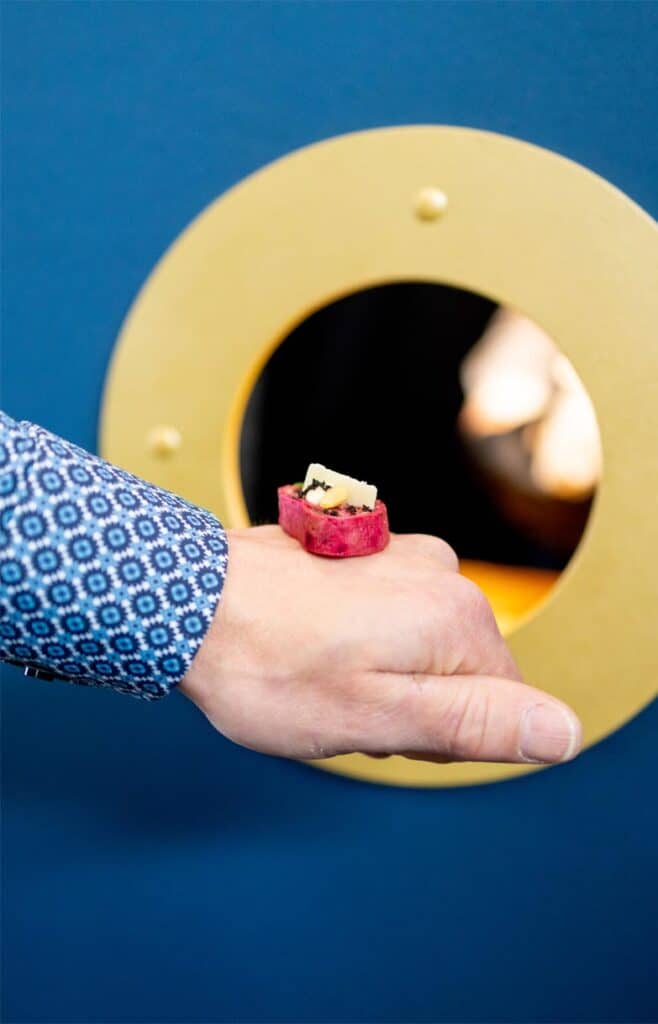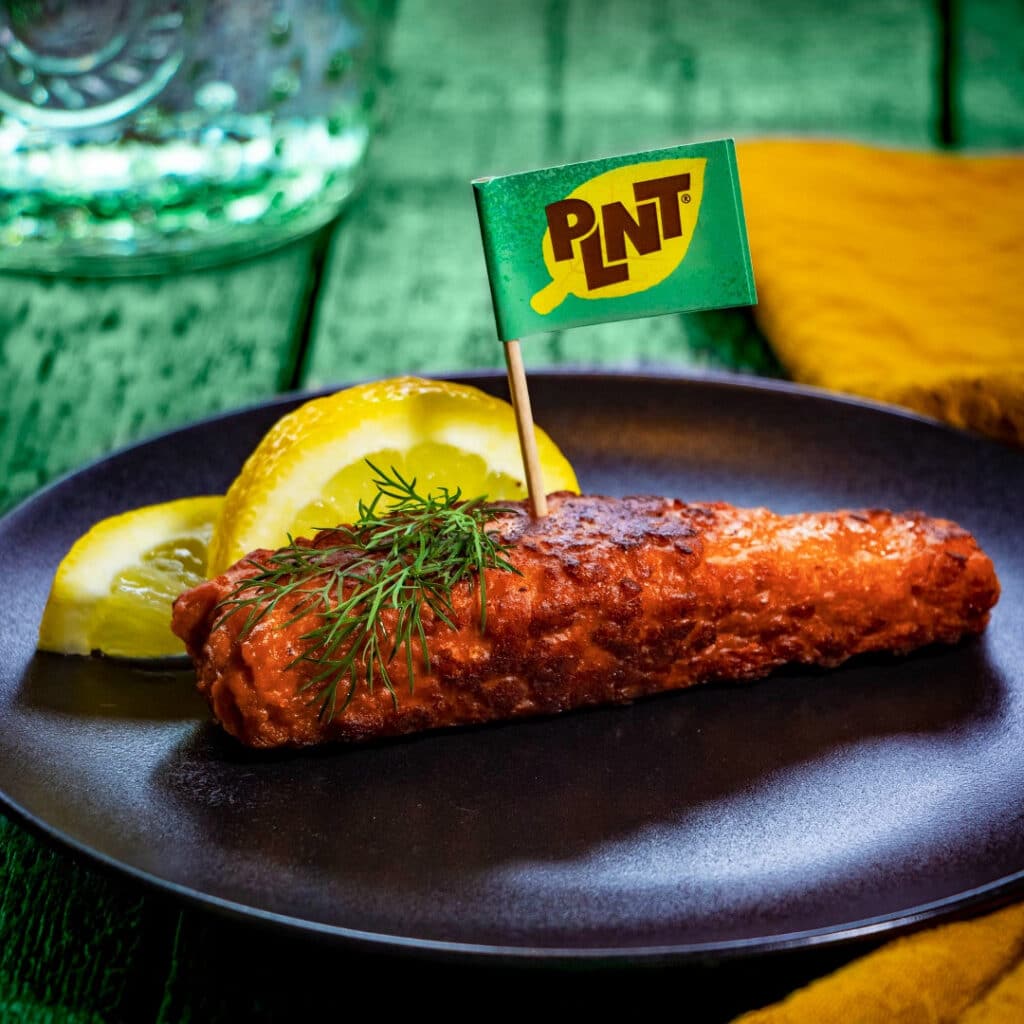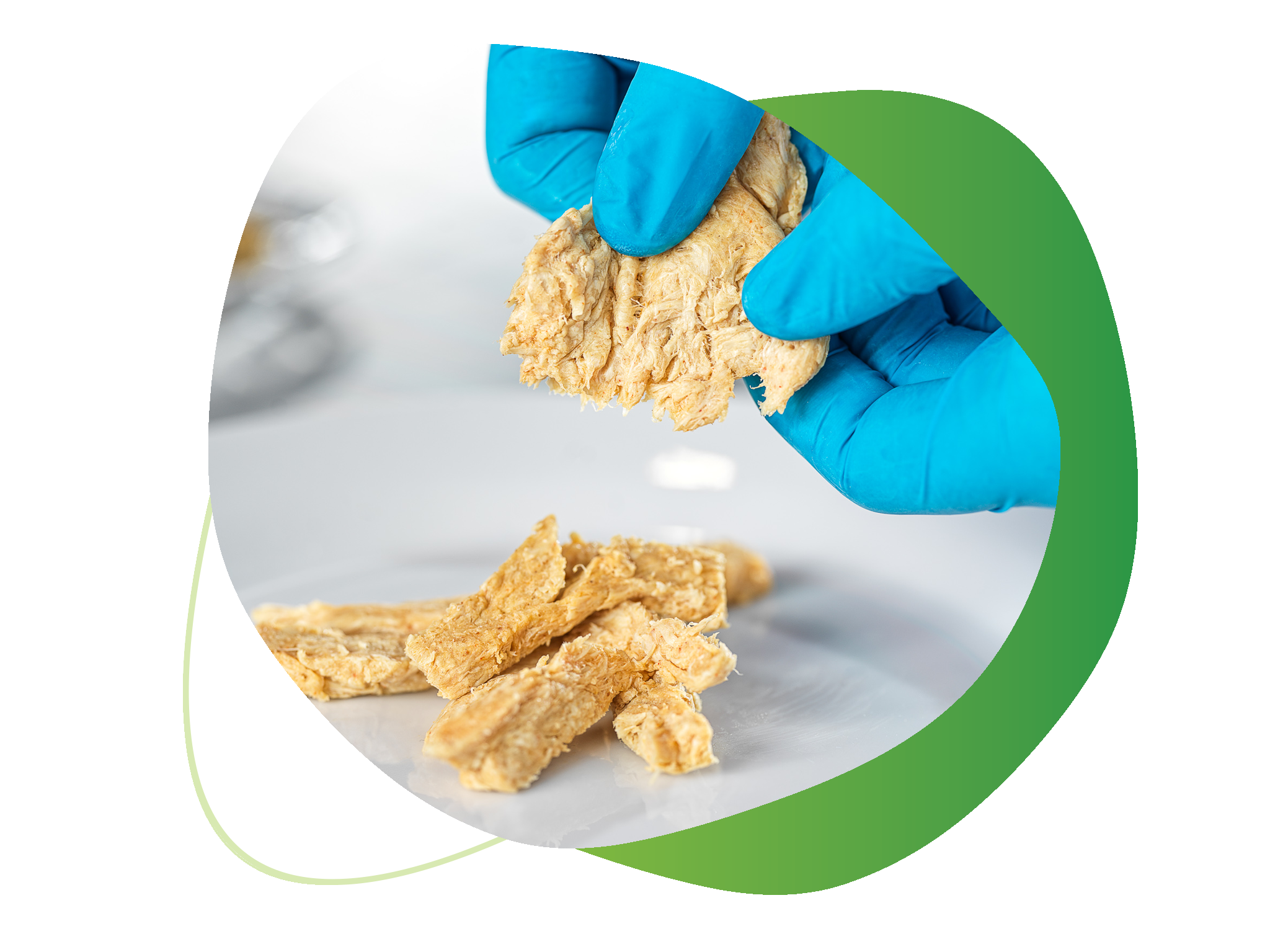Part 1
On March 30 2023, Jan Zandbergen Group celebrated the opening of their Food Innovation Center in exclusive (Dutch) company with the event: “The Taste of Innovation.” Guests could taste both animal and plant-based protein innovations and listen to lectures from Rabobank and Wageningen University. But employees from Jan Zandbergen Group also gave lectures: Matthijs Nieuwkoop of Product & Development Management gave a presentation on the health benefits of meat alternatives, and Innovation Manager Jos Havekotte offered a glimpse in how to develop plant-based products that are truly tasty. Combining the two stories creates an image of where plant-based protein sources are headed in the future, according to the experts. First, part one of the two-part series: Matthijs Nieuwkoop on the health benefits of meat alternatives.
But honestly, how’s our health doing?
Matthijs started his story on a positive note: According to Wageningen UR, 2.2 billion adults and children have health problems caused by overweight, of which 708 million people have morbid obesity, which means they have a BMI score above 30.
These numbers have doubled since 1980. The facts do not lie: overweight and obesity are the fifth most common cause of death worldwide. Of the top 15 causes of death worldwide, of which five are directly related to obesity, including cardiovascular disease and diabetes.

Why is obesity on the rise? There are several causes: The constant availability and increasing accessibility and affordability of food, which often results in an increase in particularly unhealthy foods. In addition, the busy lives of people who have less knowledge about food preparation, and therefore seek as much convenience as possible, is seen as a decisive factor. Caloric intake has thus increased, as has the percentage of sedentary occupations, while the number of minutes people move per day has decreased. So how is our health really doing? Not so well! No wonder that “health” has been an important trend in food in recent years. But we were talking about meat substitutes, right?
Meat substitutes, a healthy alternative?

Matthijs continues: “In addition to the health trend, there has also been an enormous increase in plant-based meat substitutes in supermarkets. There are now dozens of brands and every supermarket has multiple meters dedicated to these types of products. They are marketed as the more sustainable and healthier alternative to meat, although in media it is often emphasized that meat substitutes are worse for your health: they contain many modified or ultra-processed ingredients, too much salt and saturated fat. However, the headlines of these articles are often misleading: If you actually read the article it states that although fat and salt content should be points of attention, they are still healthier than their original (meat).”
But Matthijs understands why it is difficult to change this image of meat substitutes. There are many bad and unhealthy substitutes being produced! In addition, supermarkets often choose cheap over quality, and cheap usually means not very tasty (more on that later). According to Matthijs, supermarkets could take more of a leading role in this regard. They largely determine what the population eats. If they put bad products on the shelves, that is what people will buy, but not what they will buy again. This hinders the growth of meat alternatives. But it can be done differently! Matthijs and the rest of the Product Development team at Jan Zandbergen Group have repeatedly proven this with their work for PLNT, the brand of 100% plant-based meat and fish substitutes. How do they tackle the health dilemma? What are they doing concretely to create truly healthy meat substitutes?

Meat successors vs. meat substitutes
Matthijs: “Through innovation, we have a chance to replace meat, and therefore a chance to do it better. That’s exactly what we’re doing with PLNT, which is why we prefer to call PLNT’s products successors rather than substitutes.” Although it’s not always visible on supermarket shelves, it is possible to offer a real alternative to meat (within a realistic framework). “This goes beyond just putting a lot of protein in a product and calling it plant-based. A trend doesn’t determine whether something is good for us and most of the trends are temporary anyway. As far as the health & sustainability of fish and meat successors are concerned, we are currently focusing mainly on digestibility, using the right fats and most importantly: a lot of fibers,” says Matthijs.
Plant-based proteins generally have a lower digestible than animal proteins. This means that of the 15 grams of protein per 100 grams a product contains according to the packaging, your body can only digest 60%, resulting in a deficiency in amino acids. The quality of a protein is scored using the Digestible Indispensable Amino Acid Score (DIAAS). The closer this score is to 1, the better the digestibility of the protein. Matthijs: “We tackle the poorer digestibility of plant-based proteins by combining different sources. For example, our strips contain four different protein sources: soy, pea, potato, and wheat, which results in an excellent digestion.”
At Jan Zandbergen Group, not only the proteins are carefully balanced to optimize their bioavailability. They also use as many unsaturated fats as possible instead of saturated fats, and add extra soluble fibers to help the body break down the product. In addition, Omega 6, which is associated with higher inflammatory activity and is found in many plant-based products, is replaced by Omega 3 and Omega 9 for a better balance. Since plant-based iron is generally more difficult to absorb than animal-based iron, the dosage is carefully managed so that the body can absorb it well.

Especially in Western Europe, many adults suffer from a chronic vitamin D deficiency, so extra vitamin D is added from a natural source of mushrooms that have been activated by UV light. Matthijs: “Just because a product is plant-based and can replace meat on the plate doesn’t necessarily make it healthy and a large part of the current offering doesn’t hold up. With PLNT, the walk matches the talk.”
What’s next?
At the end of his lecture, Matthijs looks to the future. Some of the topics involve further improving what they are already doing. For example, they want to obtain more proteins from waste streams such as proteins that are produced in the brewing industry (BSG, BSY). They also plan to source Omega 3 from new sources such as algae. In addition, Matthijs wants to look at how the nutritional values of the added minerals and vitamins behave over the shelf life of the product and after preparation. How can we fully match these (vitamin and mineral profiles) with meat? “You can make a claim on a package, but how much of that can our body actually use?”
In addition, Matthijs will focus more on the so-called “gut-brain axis”: the link between the intestines and the brain. Multiple scientific studies have shown that the microbiome in your intestines (the bacteria, viruses, yeasts, and fungi) has a significant impact on how the brain and nervous system function. ‘Good’ bacteria help you relax, while ‘bad’ bacteria increase the likelihood of depression, stress, and compulsive disorders. The balance between good and bad bacteria is influenced (among other factors) by the food we eat. Matthijs says, “With our products we can contribute to both the physical and mental health of people to some extent. Ultimately, everything is interconnected. We shouldn’t focus on just one aspect. I like to call this ‘Holistic Nutrition’. You heard it here first!”

Food for thought
Matthijs: “Ultimately, it’s not just about the health of the food, the complete lifestyle of a person matters. Understanding the whole food chain helps understanding the link between life style and health. Teach children (and each other) where food comes from, and how it was processed before it ended on your plate. Only then can you make considered choices. Most of the food is healthy, but is processed or prepared in a way that it becomes unhealthy. Producing and consuming food is about balance. This requires action and discipline: not just talking, but doing. Take responsibility for your actions and don’t believe everything you hear. Think for yourself. In addition, it would be good for us to make enjoy sharing good food with others a habit again. Because food is also a part of our culture. Ultimately, worrying too much about health is also unhealthy.”
This is part one of a two-part series in which Matthijs Nieuwkoop and Jos Havekotte discuss their views on the health, taste, texture, and mouthfeel of meat alternatives while looking to the future. They gave these lectures at the opening event of Jan Zandbergen Group’s new Innovation Center: The Taste of Innovation. For more information about PLNT: www.plntfood.com.




